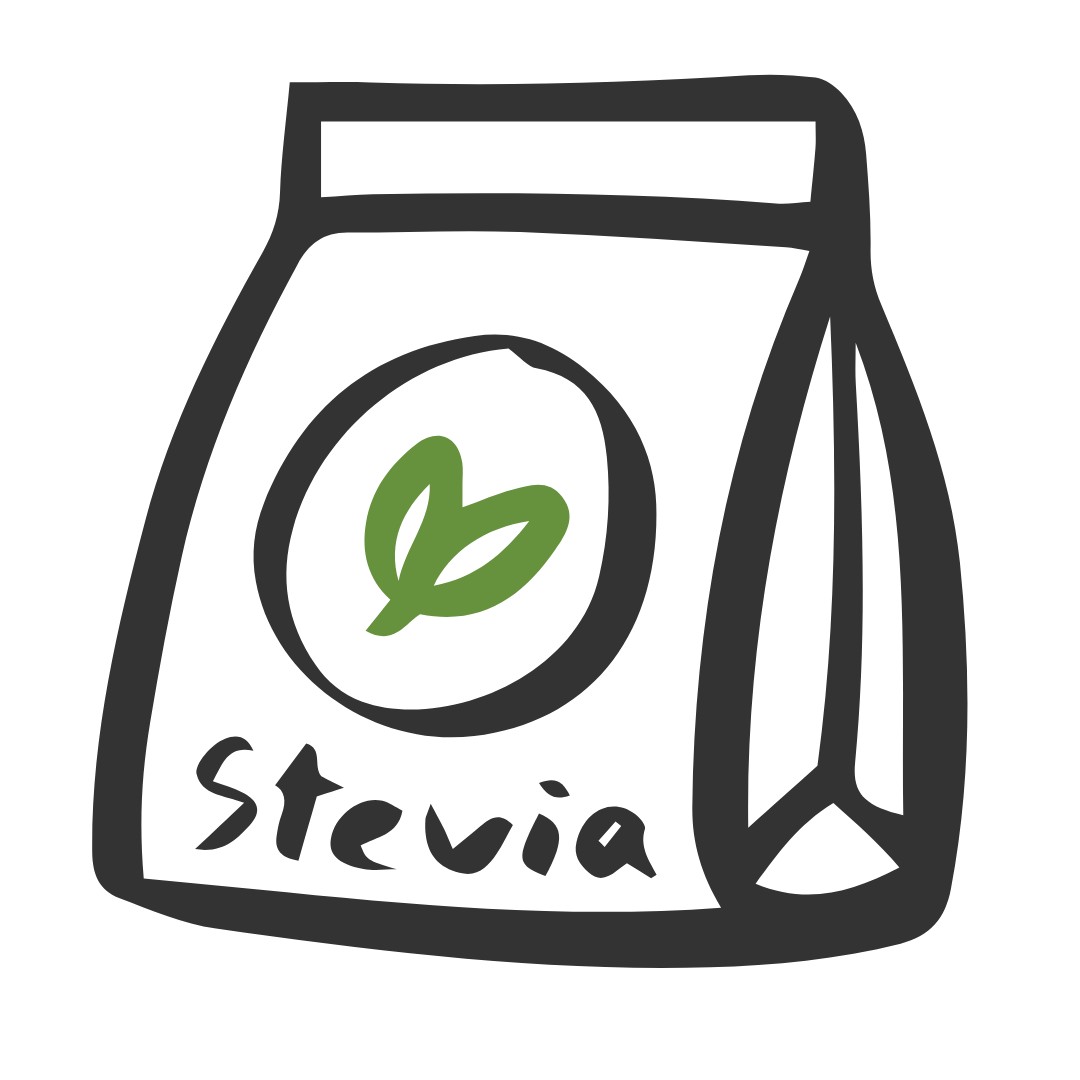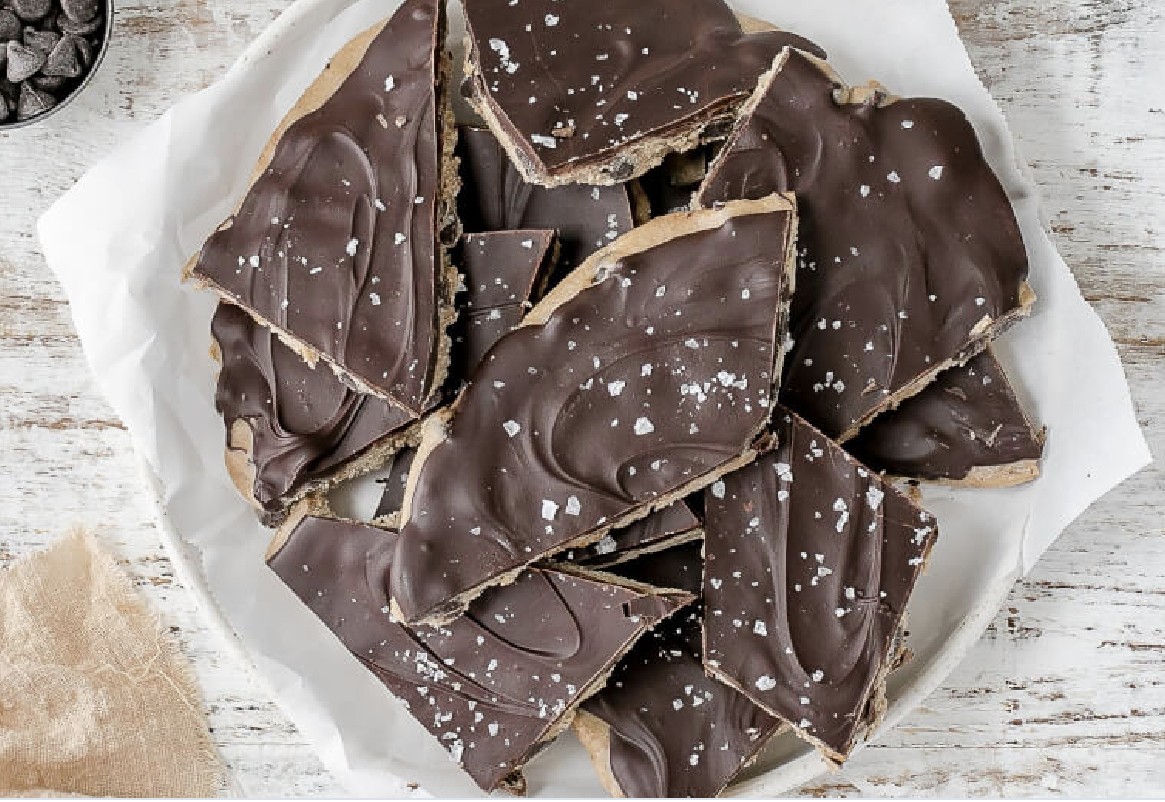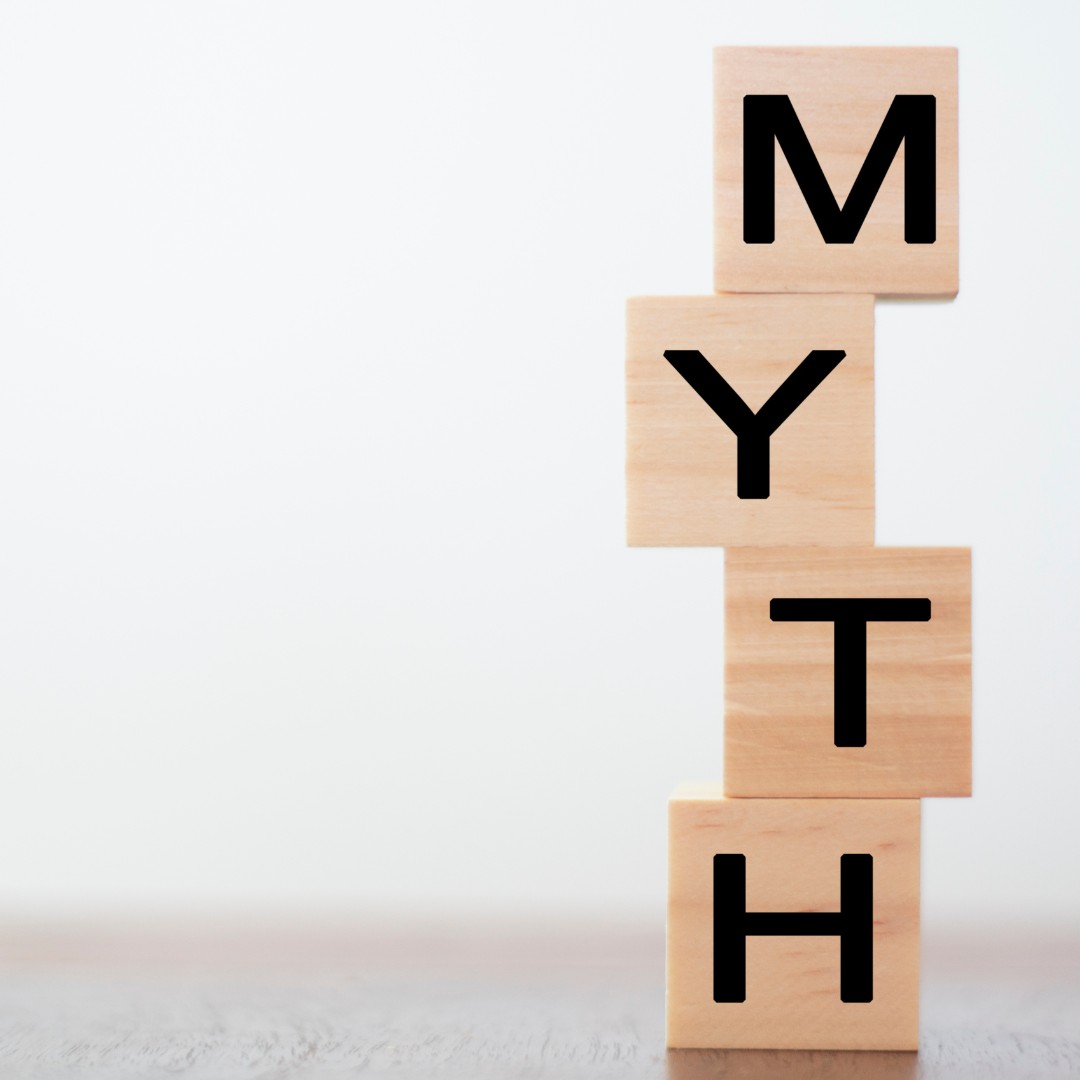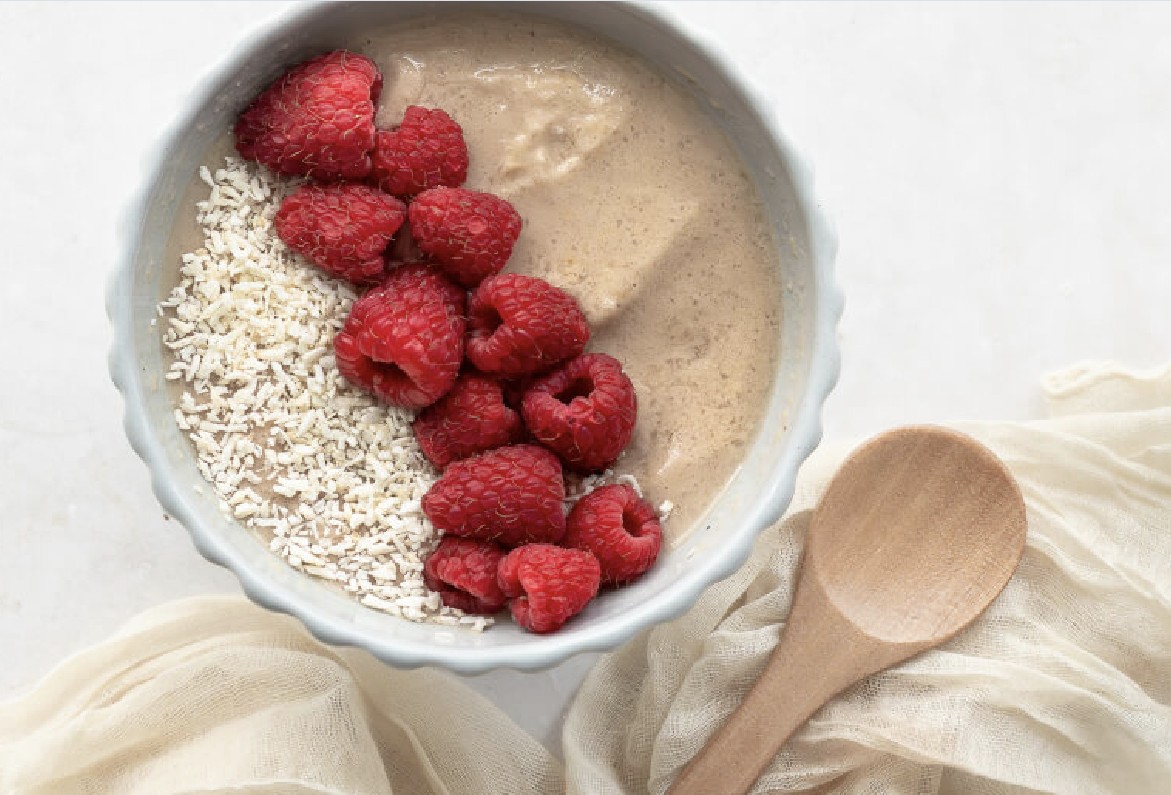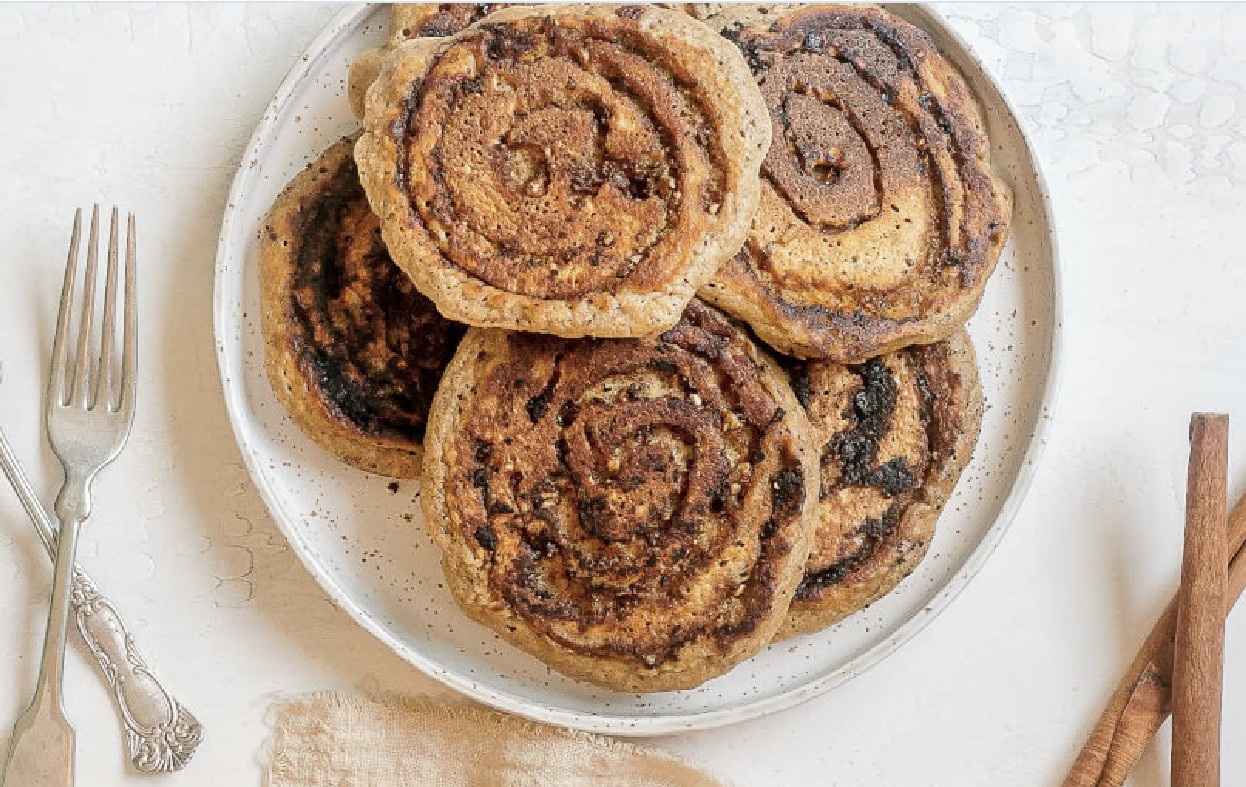
You did everything right—you got to bed on time, skipped the late-night scroll, even clocked a full 8 hours. So why are you still dragging through the day like you pulled an all-nighter?
Here’s the truth: exhaustion isn’t always about how much you sleep. It’s often about what’s happening inside your body while you sleep.
If you’re waking up feeling like you haven’t slept at all, there’s a deeper reason—and no, the answer isn’t another cup of coffee.
✨ Let’s break it down:
- Low progesterone can mess with your ability to enter deep, restorative sleep (especially in the second half of your cycle).
- Blood sugar crashes overnight can leave you tossing, turning, or waking up groggy and foggy.
- Elevated cortisol (your stress hormone) can spike during the night and disrupt sleep quality, even if you’re not fully waking up.
- And a sluggish liver means your body isn’t detoxing effectively while you sleep—which can leave you feeling heavy, groggy, and inflamed in the morning.
Your body is trying to rebalance itself, but without the right fuel and support, it’s like trying to drive with the emergency brake on.
💛 So what can you do?
Start with three powerful shifts:
- Balance your blood sugar—especially at night. Skip the sugary evening snacks and opt for protein + healthy fats to keep your energy stable.
- Support your liver with foods like leafy greens, beets, lemon water, and cruciferous veggies.
- Eat in sync with your cycle so your hormones are getting exactly what they need—when they need it.
Your hormones don’t want perfection. They want consistency, nourishment, and support.
That’s exactly why I created my Cycle Syncing Recipe Book—it’s filled with easy, nourishing meals that are designed to work with your body, not against it. Whether you’re in your follicular phase and feeling great, or in your luteal phase and crashing hard, you’ll have recipes that help stabilize your energy, boost your mood, and finally help you wake up feeling refreshed.
✨ Ready to stop sleeping through exhaustion and start waking up with actual energy?
Click HERE to grab your copy and give your body the support it’s been asking for.

Over the years, I’ve learned a lot about hormones, nutrition, and how deeply they affect our day-to-day lives. But recently? I didn’t just learn these lessons—I lived them. And I had the honor of walking other women through these same shifts too.
Here’s what has stood out the most:
✨ Sugar impacts your hormones and gut more than you think.
Even "healthy" amounts of sugar can trigger inflammation, mess with blood sugar balance, and disrupt the delicate gut-hormone connection. Once I started paying attention to how sugar was affecting my energy, cravings, and mood—I couldn’t unsee it.
✨ What you eat during each phase of your cycle matters.
Your body has different needs during each phase of your menstrual cycle. Learning how to eat in sync with those shifts—like boosting iron during your period or healthy fats during the luteal phase—can be a game-changer for energy, mood, and hormone balance.
✨ Sleep affects everything.
Not getting enough rest doesn’t just make you tired—it impacts your hunger signals, hormone production, blood sugar regulation, and emotional stability. Prioritizing sleep became one of the most powerful tools for supporting my body.
✨ High cholesterol isn’t just about fat.
It’s often a sign of deeper imbalances—like blood sugar issues, inflammation, or hormone dysfunction. We’ve been taught to fear cholesterol, but the full picture is more nuanced than just cutting out butter.
✨ Postpartum hormones are wild—but manageable.
That season can feel unpredictable, emotional, and exhausting. But it doesn’t have to feel hopeless. With the right support—nutritionally and emotionally—your body can rebalance. You can feel like yourself again.
These are the reasons I created my hormone-supportive recipe book. I wanted to take the guesswork out of what to eat and how to nourish your body through all its changes—whether you’re cycling, postpartum, or just trying to feel more like you again.
If you're ready to start feeling more balanced, energized, and supported in your health journey, this guide is for you. No stress, no complicated tracking—just real food that helps you feel good.
💛 Because you deserve to feel supported—not overwhelmed—by your wellness.
Grab my recipe book here and get started today!

You know that feeling when you’re totally drained, but you still have to mom, work, and keep up with life? So you reach for the caffeine, maybe a sweet treat, and push through. Again. And again.
But here’s the thing: your body isn’t just tired. It’s waving red flags at you.
📍 Fatigue. Brain fog. Cravings. Bloating.
These aren’t random symptoms. They’re your hormones trying to get your attention.
Your hormones are the behind-the-scenes bosses of your body. They control your energy levels, mood, metabolism, digestion—basically all the things. And when they’re depleted (hi, stress, sleepless nights, skipping meals), your body goes into survival mode.
The problem? Most of us aren’t actually recharging. We’re just plugging in for 5 seconds with a coffee or sugary snack and calling it good. But that’s like trying to run a marathon on a phone with 1% battery. Not gonna cut it.
📌 Here’s how to actually recharge your hormones:
✔️ Start your day with protein.
Skipping breakfast or reaching for a carb-heavy muffin only leads to a blood sugar crash by 10 a.m. A solid protein-packed breakfast helps stabilize your energy, reduce cravings, and keep your hormones happy.
✔️ Support your stress with magnesium and B vitamins.
These nutrients are like hugs for your nervous system. They help your body cope with stress, support sleep, and calm inflammation—basically, they’re essential when you’re feeling frazzled.
✔️ Swap the extra coffee for more water.
Caffeine in overdrive = adrenal burnout. And when your adrenals are struggling, everything feels harder. Start by adding one extra glass of water before that second cup of coffee. Small shifts make a big impact.
✔️ Cycle-sync your meals.
Your body has different needs depending on where you are in your cycle. Fueling intentionally with the right nutrients during each phase can improve your energy, reduce PMS, and support overall hormone balance.
📚 Scientific fact: A study in Nutrients found that chronic stress and poor diet directly contribute to adrenal fatigue—causing energy crashes, mood swings, and hormonal imbalances. So no, it’s not all in your head. And no, more coffee isn’t the answer.
💬 Ready to feel more like yourself again? Grab my go-to recipe book full of hormone-loving meals.
You don’t have to run on empty. Let’s get you recharged—for real. 💛

Imagine your hormones as the engine of a high-performance car. When you give it the right fuel, it hums along smoothly, delivering energy, balance, and vitality. But if you’re constantly filling it with sugar, caffeine, and processed snacks? Well, let’s just say that engine isn’t going to run at its best. Instead, you’ll feel sluggish, bloated, and running on fumes.
Why Fueling Your Hormones Matters
Hormones control everything from your mood and energy levels to your metabolism and menstrual cycle. When your blood sugar is unstable, it sends your hormones into chaos. According to a study published in The Journal of Clinical Endocrinology & Metabolism, women with unstable blood sugar levels are more likely to experience PMS, intense cravings, and fatigue due to hormonal fluctuations.
So, how do you keep your hormones running like a well-oiled machine? It’s all about the right fuel.
✅ Healthy Fats for Stable Energy
Fats like avocado, olive oil, and nuts are essential for hormone production. They provide a steady source of energy and help regulate blood sugar. Without enough healthy fats, your body struggles to produce key hormones like estrogen and progesterone, leading to mood swings and irregular cycles.
🍳 Protein to Support Hormone Production
Protein isn’t just for muscle building—it’s a key player in hormone balance. Lean proteins like eggs, chicken, and fish supply amino acids that are the building blocks of your hormones. When your body gets enough protein, it helps balance blood sugar, reduce sugar cravings, and stabilize mood.
🥦 Fiber to Keep Digestion & Estrogen Detox on Track
Fiber-rich foods like veggies, legumes, and flaxseeds play a huge role in hormone health. They support digestion and help your body eliminate excess estrogen, preventing it from building up and throwing your cycle off track. Plus, fiber keeps your gut happy—an essential factor in overall hormone balance.
Ready to Fuel Your Body the Right Way?
If you’re tired of feeling drained and dealing with mood swings, it’s time to start giving your body the right fuel. Small changes in your diet can make a huge difference in how your hormones function.
💬 Click here to get some easy, hormone-friendly recipes to get you started!
By making these simple swaps, you’ll not only balance your hormones but also feel more energized, focused, and in control of your body. It’s time to stop running on empty and start thriving. 🚗✨

Let’s be honest—period week can feel like a rollercoaster. Between mood swings, cramps, and bloating, it’s easy to grab comfort foods that feel good in the moment but make things worse later. Over the years, I’ve learned that making simple swaps in my diet during that time of the month can make a huge difference in how I feel. Here’s a breakdown of the foods I avoid and what I eat instead to fuel my body and feel my best.
I know, I know… giving up coffee feels impossible when you’re already dragging. But caffeine spikes cortisol, which can increase inflammation and make cramps even worse. Plus, it messes with blood sugar, leaving you feeling drained after the initial energy boost. Instead, I reach for ginger tea or raspberry leaf tea—both of which work wonders for reducing inflammation and supporting uterine health. Bonus? They’re super soothing and help with relaxation, which my body desperately needs during that time.
White bread, pastries, and other refined carbs spike insulin, which can lead to bloating, mood swings, and even more cravings. Instead, I opt for complex, fiber-rich carbs like sweet potatoes and quinoa to keep my blood sugar stable. These options provide slow-releasing energy and help keep my mood and digestion balanced. Plus, they’re packed with vitamins that support hormone health.
As tempting as chips and packaged snacks are, they’re loaded with sodium and preservatives that can make bloating so much worse. Instead, I reach for avocados and nuts—both rich in healthy fats that support hormone production and help keep inflammation in check. Avocados, in particular, are loaded with potassium, which helps balance sodium levels and reduce water retention.
Sugar is one of the worst culprits when it comes to period symptoms. It depletes magnesium, making cramps worse and leading to energy crashes. To satisfy my sweet tooth without the sugar spike, I go for dark chocolate (70% or higher) and berries. Dark chocolate provides magnesium and antioxidants, while berries give me a sweet boost with fiber and vitamins. Win-win!
When I nourish my body with the right foods during my period, I feel more balanced, my energy stays stable, and my cramps are way more manageable. Making these simple swaps has helped me feel more in control of my cycle—and trust me, it’s worth it! Give these swaps a try next time, and see how much better you feel!
Want recipes to support your cycle? Click here!

